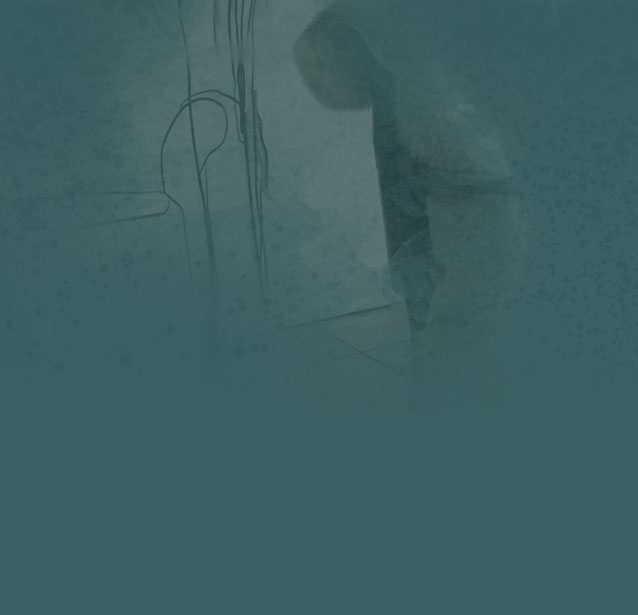Home
During his studies, and the first independent years
Already while at the academy (1977-81) Gullvåg was fascinated by portrait painting and found many exemplary instances at Trondheim Art Museum (Trøndelag Permanent Gallery, Trondhjem Art Society). A work that never ceased to inspire him was Christian Krohg’s Evil Gunnhild. He also found inspiration in the museum’s Bjarne Ness collection, particularly his self-portraits and The Chimney Sweep, and his first teacher Roar Matheson Bye’s portraits from the 1920s. Towards the late 1970s the museum presented an exhibition of works by Ludvig Karsten, and Gullvåg particularly noted his self-portraits as well. He later saw several portraits by Karsten in Stockholm at the beginning of the ‘80s. Of Swedish portrait painters, he found particularly stimulating those by Ivan Agueli (1869-1917), Evert Lundquist (1904-90) and Åke Göransson (1902-42).
At the end of his academy years we find Gullvåg’s first portrait: Lars Paalgaard, a colleague and close friend at the academy, is presented in full figure. The painting is done in the same whitish and yellow ochre pallet as other works from this period, yet with a considerably greater, more solemn focus on the individual.
Significant for his further development as a portraitist was a portrait-series of the actor Leif Jacobsen of Trøndelag Theatre. It is interesting to note the ears flanking these pictures’ corners, could they represent an attentive public? Meanwhile, we have a clear sense that the actor has left the scene; it is he who is viewing us – with an artist’s characteristic sensitive awareness.
Central portraits:
Lars Paalgaard (Mosjøen Art Society)
Editor Eigil Gullvåg, 1982 (commission from Arbeideradressa Newspaper)
Actor Leif Jacobsen, 1982 (collection of the artist)
Already while at the academy (1977-81) Gullvåg was fascinated by portrait painting and found many exemplary instances at Trondheim Art Museum (Trøndelag Permanent Gallery, Trondhjem Art Society). A work that never ceased to inspire him was Christian Krohg’s Evil Gunnhild. He also found inspiration in the museum’s Bjarne Ness collection, particularly his self-portraits and The Chimney Sweep, and his first teacher Roar Matheson Bye’s portraits from the 1920s. Towards the late 1970s the museum presented an exhibition of works by Ludvig Karsten, and Gullvåg particularly noted his self-portraits as well. He later saw several portraits by Karsten in Stockholm at the beginning of the ‘80s. Of Swedish portrait painters, he found particularly stimulating those by Ivan Agueli (1869-1917), Evert Lundquist (1904-90) and Åke Göransson (1902-42).
At the end of his academy years we find Gullvåg’s first portrait: Lars Paalgaard, a colleague and close friend at the academy, is presented in full figure. The painting is done in the same whitish and yellow ochre pallet as other works from this period, yet with a considerably greater, more solemn focus on the individual.
Significant for his further development as a portraitist was a portrait-series of the actor Leif Jacobsen of Trøndelag Theatre. It is interesting to note the ears flanking these pictures’ corners, could they represent an attentive public? Meanwhile, we have a clear sense that the actor has left the scene; it is he who is viewing us – with an artist’s characteristic sensitive awareness.
Central portraits:
Lars Paalgaard (Mosjøen Art Society)
Editor Eigil Gullvåg, 1982 (commission from Arbeideradressa Newspaper)
Actor Leif Jacobsen, 1982 (collection of the artist)
HÅKON GULLVÅG © / TEXTS BY DANIEL JOHANSEN AND EVA FURSETH / SITE BY KLIPP OG LIM










































































